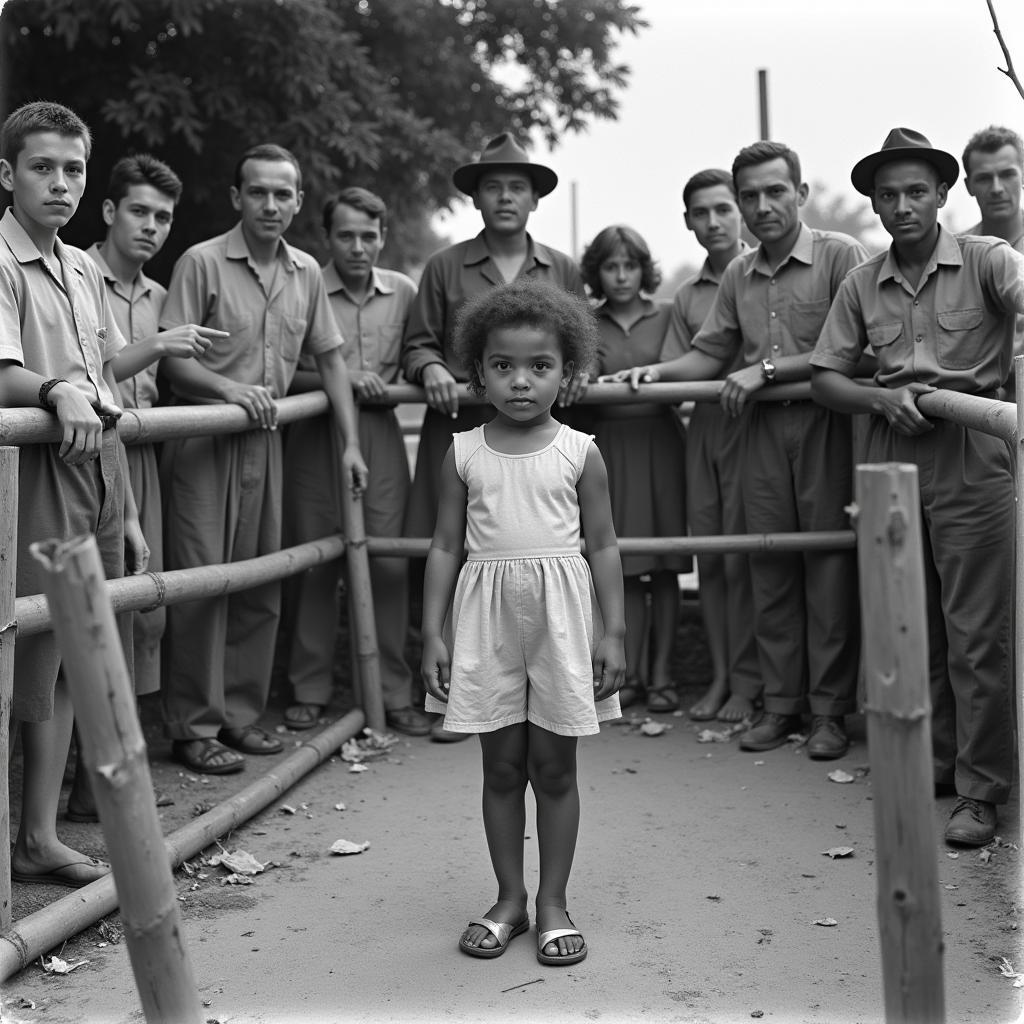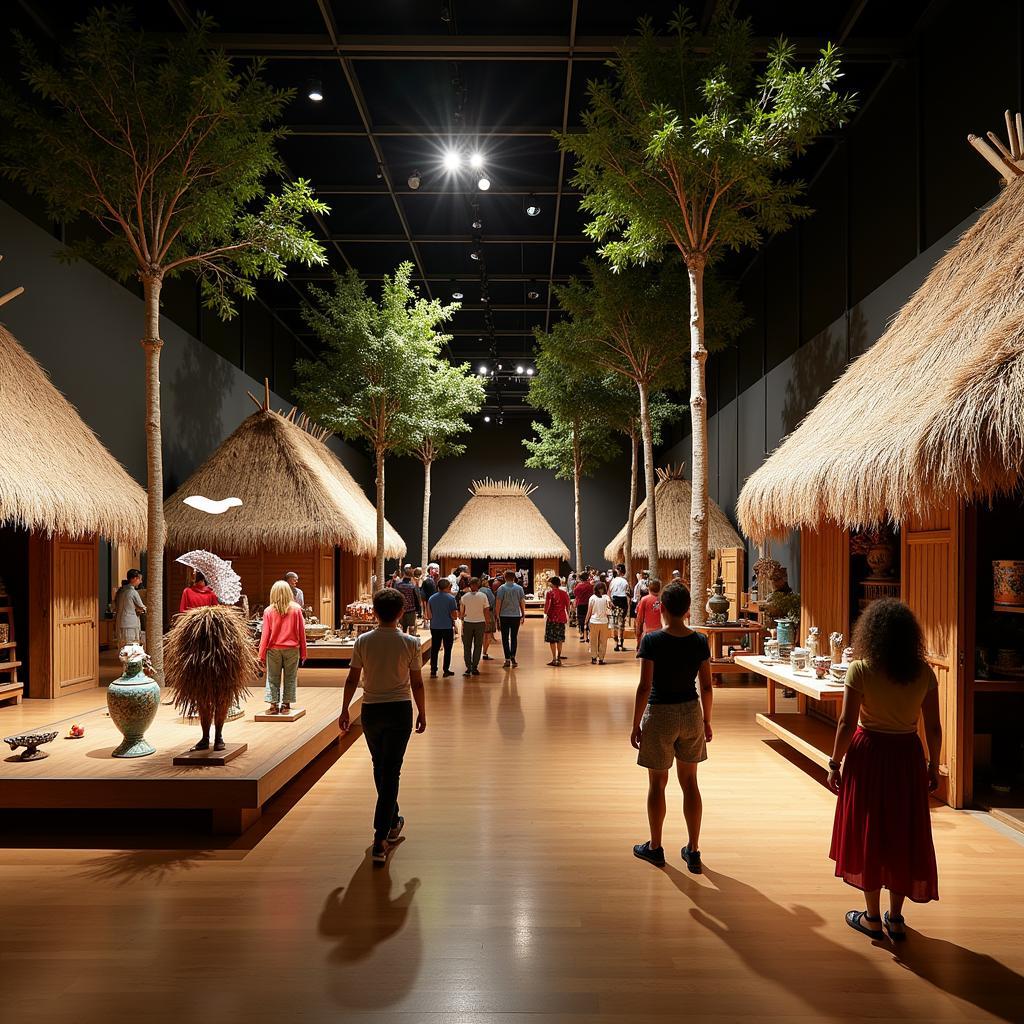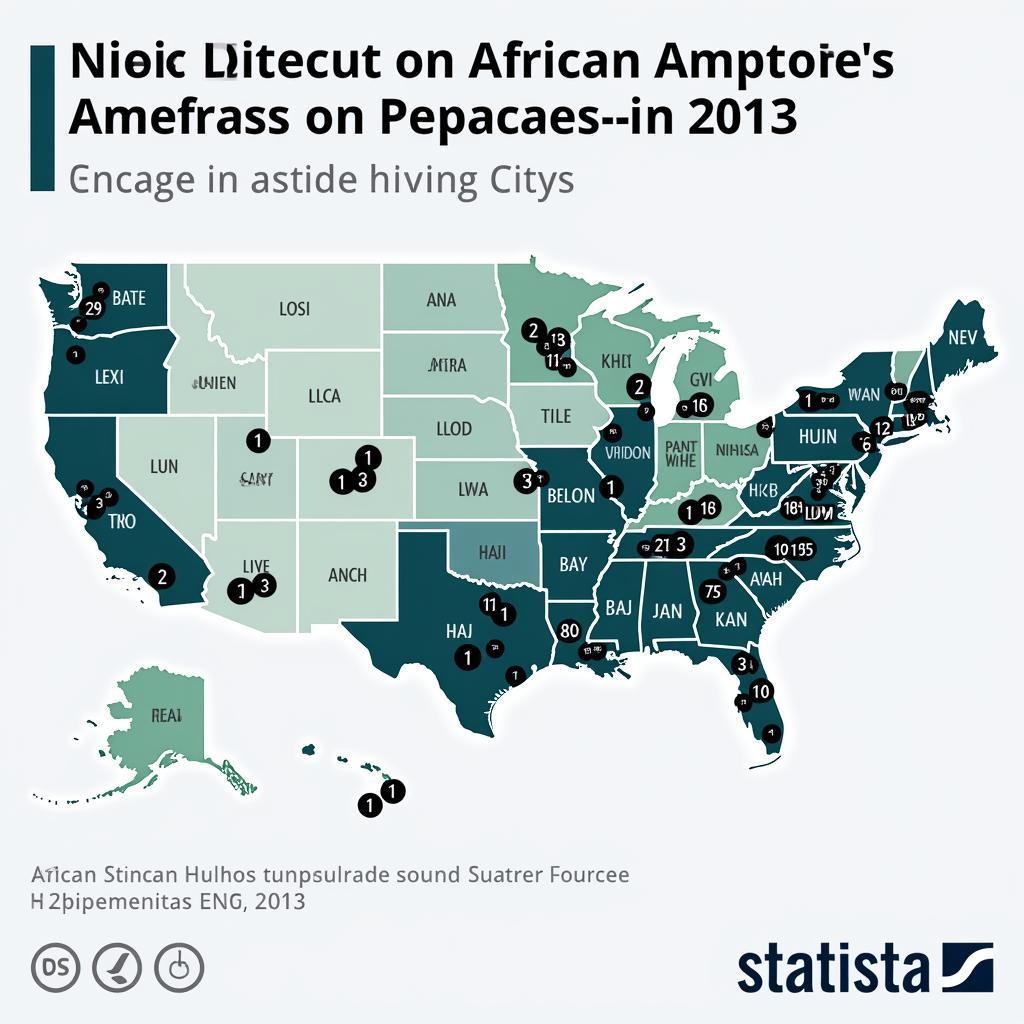The Story of the African Girl in the Zoo in Belgium, 1958
In 1958, a young Congolese girl became the subject of international attention when a picture of her in a zoo enclosure in Belgium was widely circulated. This image, unsettling in its stark depiction of colonial exploitation and racial prejudice, serves as a stark reminder of the realities of life for many Africans during the mid-20th century. This article delves into the context surrounding this controversial photograph, exploring the history of human zoos, the treatment of Africans during colonialism, and the lasting impact of these practices.
 Young Congolese girl standing in a makeshift enclosure at a Belgian zoo in 1958
Young Congolese girl standing in a makeshift enclosure at a Belgian zoo in 1958
Human Zoos: A Shameful Chapter in History
The display of humans in zoos, often referred to as “human zoos” or “ethnological exhibitions,” was a tragically common practice in the 19th and early 20th centuries. Driven by a toxic mix of scientific racism, colonial expansion, and public fascination with the “exotic,” these exhibitions saw people from colonized nations, particularly from Africa, put on display for the entertainment of Western audiences.
These displays often presented a distorted and demeaning view of the cultures they claimed to represent. Individuals were forced to perform stereotypical activities, wear traditional clothing out of context, and live in recreated “native villages” that bore little resemblance to their actual lives and homes. The underlying message was clear: these were people to be gawked at, studied, and ultimately, considered inferior.
The African Girl in the Zoo: A Symbol of Colonial Exploitation
The photograph of the young Congolese girl in the Belgian zoo encapsulates the dehumanizing reality of these human zoos. While the exact details of her story remain unknown, her presence in the enclosure speaks volumes about the power dynamics at play during this period. Belgium, the colonial power in the Congo at the time, treated the African nation and its people as possessions to be exploited, both for their labor and as curiosities to be displayed.
 A panoramic view of the Belgian Congo exhibit at the 1958 Brussels World's Fair
A panoramic view of the Belgian Congo exhibit at the 1958 Brussels World's Fair
The year 1958 was significant as it marked the year of the Brussels World’s Fair, an event where Belgium proudly showcased its colonial possessions, including the Belgian Congo. The presence of Congolese people, likely including the girl in the photograph, at this fair raises further questions about the conditions under which they were brought to Belgium and the treatment they endured.
The Legacy of Colonialism and the Fight Against Racism
The practice of human zoos may have ended decades ago, but their legacy continues to cast a long shadow. The dehumanization inherent in these displays reinforced racist ideologies and contributed to the systemic discrimination that people of African descent continue to face today.
However, it is crucial to remember that the story of the African girl in the zoo is not just a story of victimhood. It is also a story of resilience, resistance, and the ongoing fight for equality. Today, activists, scholars, and artists continue to challenge the narratives perpetuated by colonialism, using platforms like museums, literature, and film to reclaim their narratives and celebrate the richness and diversity of African cultures.
Moving Forward: Acknowledging the Past, Building a Better Future
The story of the African girl in the zoo serves as a potent reminder of the dangers of prejudice and the enduring legacy of colonialism. By acknowledging and learning from these dark chapters in human history, we can work towards creating a more just and equitable world for all.
